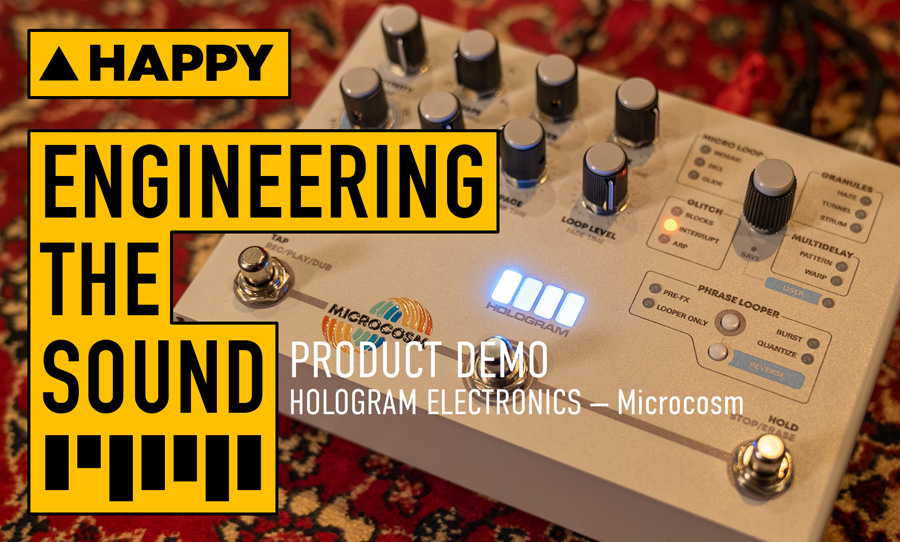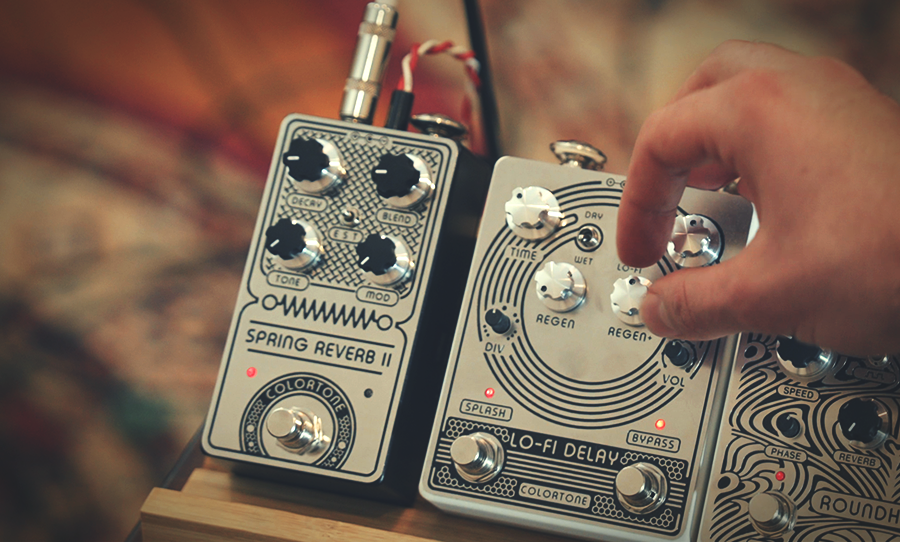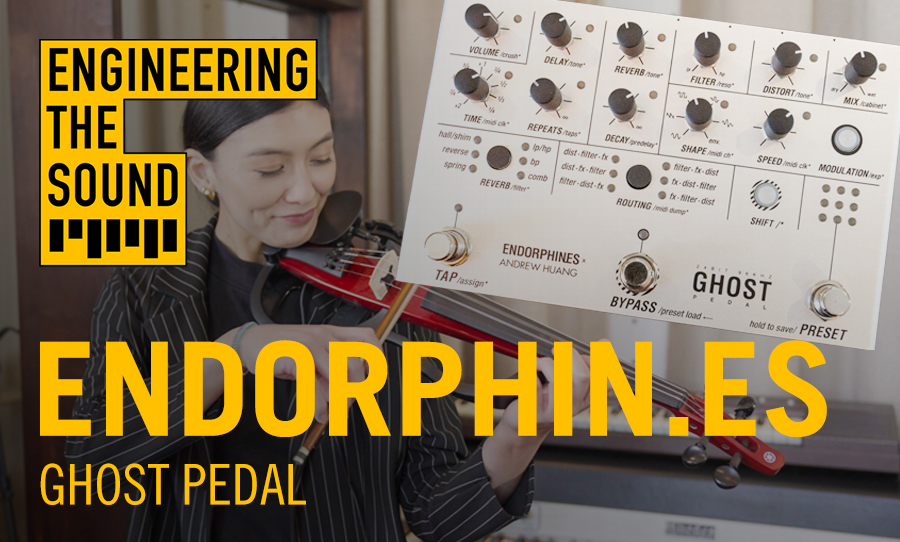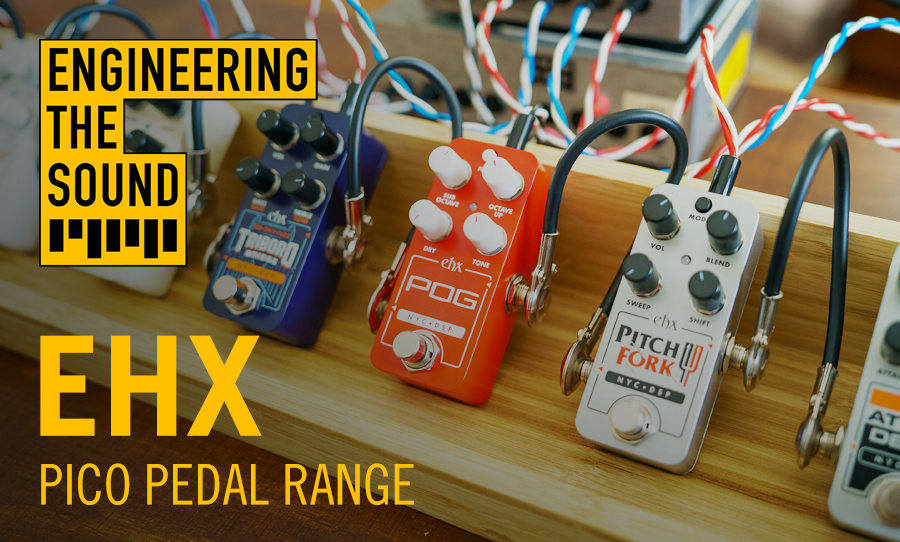Hologram Electronics has squeezed a universe of experimental tone into Microcosm. Engineering the Sound took this psychedelic beast for a test drive.
Hologram Electronics specialise in creating synthesis pedals based on digital tech. As such, they’re able to squeeze a lot of sonic possibilities into the chassis of a single stompbox. Case in point: the ingenious Microcosm pedal. Suffice it to say, the team at Engineering the Sound was looking forward to this.
Though it has “Micro” in the name, the possibilities on offer here are anything but small. With looping capabilities and a galaxy of granular effects under the hood, it can take guitar tone (and any other sound source, for that matter), to some pretty exciting destinations.
Here are the features of Microcosm:
Glitch
ARP: Sequences samples of what’s being played, turning them into arpeggios.
INTERRUPT: A variety of glitches interrupting dry signal.
BLOCKS: Predictable glitches or random bursts of noise.
Micro Loop
GLIDE: Short overlapping loops pitch shifting over time.
SEQ: Short looping samples rearranged into new sequences.
MOSAIC: overlapping loops playback at multiple speeds.
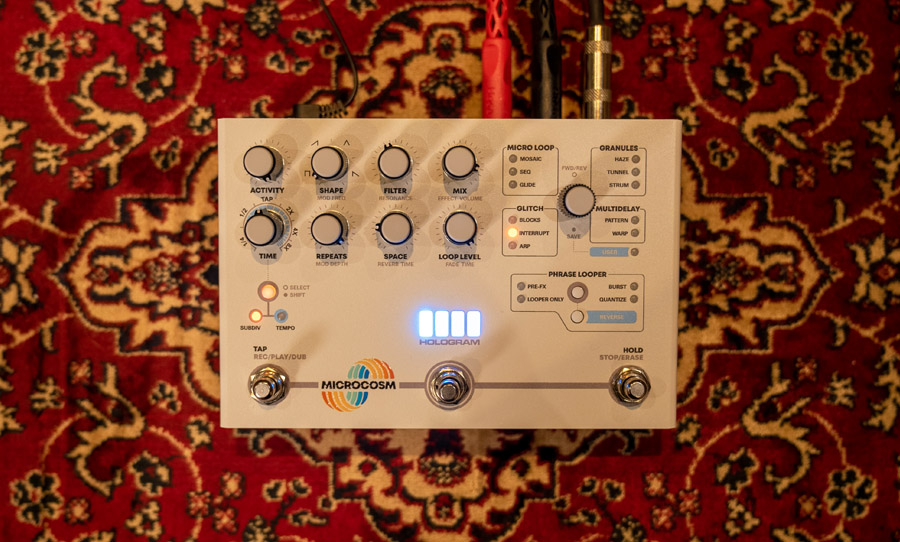
Granules
HAZE: Clusters of grains that create a wash of sound.
TUNNEL: Drones created by cyclical micro loopers.
STRUM: Rhythmic chains of recent notes.
Multidelay
PATTERN: Arrangements of delay patterns.
WARP: Filtering and pitch shifting of delay patterns.

Knobs
ACTIVITY: Controls the density of the effect.
SHAPE/MOD FREQ: Applies a contour to the volume or filter, while the secondary control sets the pitch modulation rate.
FILTER/RESONANCE: A low-pass filter, while the secondary controls the resonance.
MIX/EFFECT VOLUME: Wet and dry control, while the secondary controls the effect master volume.
TIME/SUB DIV/TEMPO: Controls the subdivision of the effect, while the secondary option controls the global tempo, which can also be controlled with the tap-tempo switch.
REPEATS/MOD DEPTH: The effect duration or frequency, while the secondary controls the pitch modulation depth.
SPACE/REVERB TIME: Mixes in reverb and delay, while the secondary selects one of the four reverb modes.
LOOP LEVEL/FADE TIME: sets the playback volume of the phrase looper, secondary sets the loop fade time, which we won’t really be looking at.
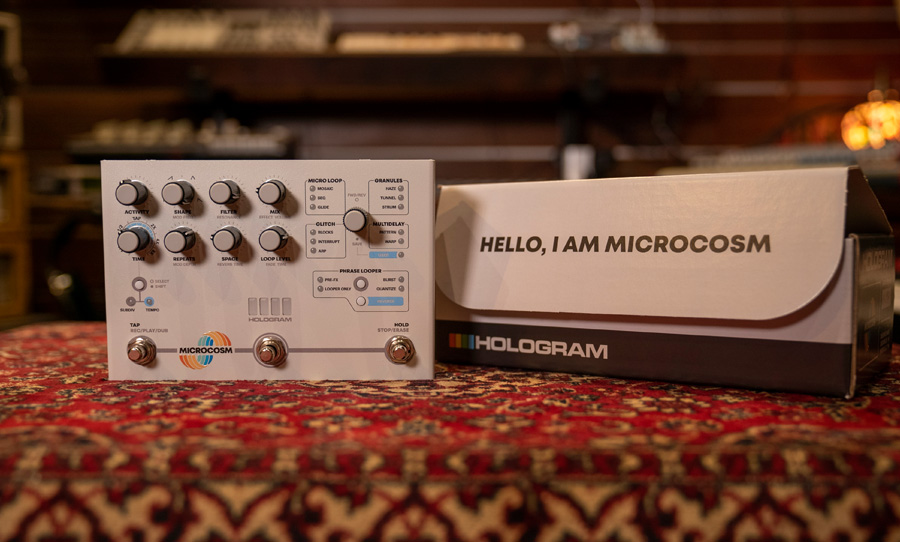
To top it all off, there are three switches. One for Tap Tempo/Record, Play, and Dub; Bypass; and Hold (which freezes a recent part of the signal into a continuous playback cycle)/Stop and Erase.
For more details on Microcosm, head over to the Hologram Electronics website.
